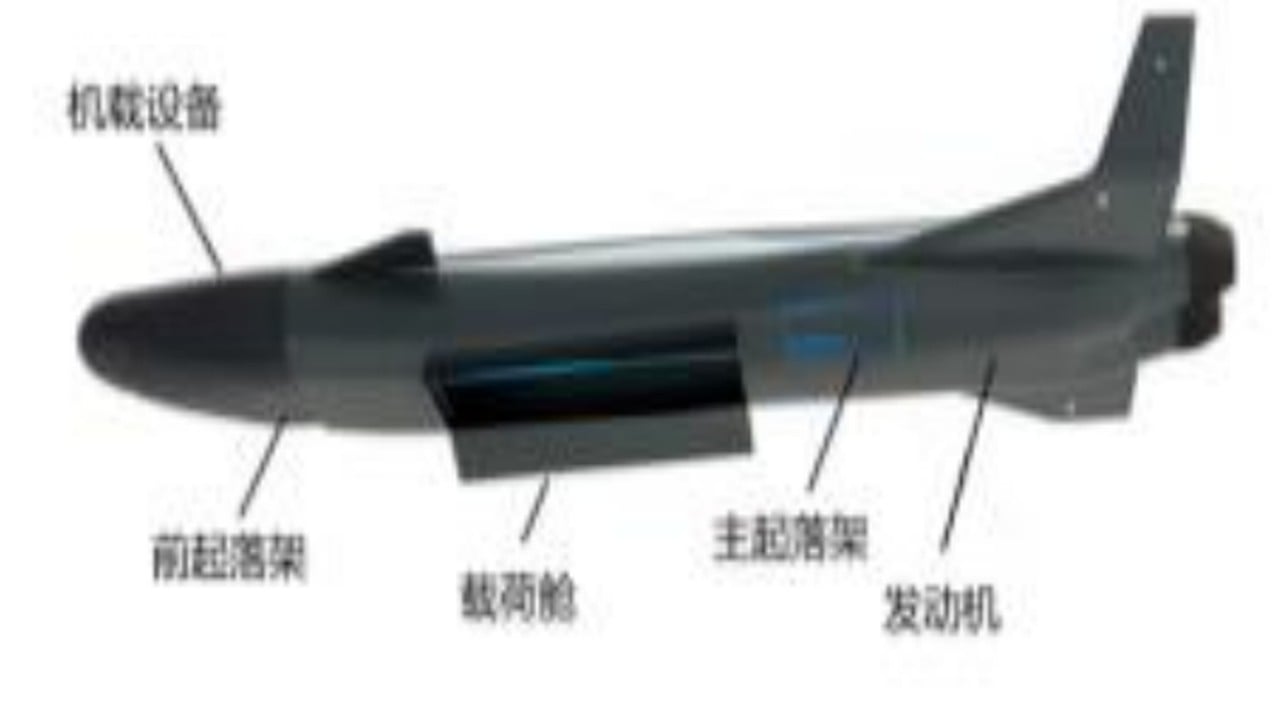Chinese aerospace engineers are revisiting a decades-old, largely abandoned aviation concept – the oblique rotating wing – and transforming it into a potential cornerstone of future warfare: an unstaffed hypersonic mother ship capable of flying at five times the speed of sound and unleashing a swarm of drones behind enemy lines.
Advertisement
Drawing inspiration from Nasa’s quirky AD-1 experimental aircraft of the 1970s – a small jet-driven plane with a “scissor wing” that pivoted diagonally across the fuselage – researchers in China have reimagined the oblique wing as the key to solving one of aerospace engineering’s most daunting challenges: efficient, stable flight across the entire speed spectrum, from take-off to hypersonic cruise to landing.
Unlike conventional aircraft, which must compromise between low-speed lift and high-speed drag, or swing-wing fighters that adjust sweep symmetry on both sides, the proposed Chinese design features a single, centrally mounted wing that rotates up to 90 degrees.
At low speeds, the wing sits perpendicular to the fuselage, maximising lift with a high lift-to-drag ratio of 9.1 – ideal for efficient take-off and subsonic cruise. As speed increases, the wing begins to pivot. At transonic speeds near Mach 1, it swings to 45 degrees, one side forward, the other aft, redistributing airflow and mitigating shock wave formation.
This configuration suppresses wave drag while maintaining lift, achieving a lift-to-drag ratio of 5.6 – a remarkable balance in the treacherous transonic regime.
Advertisement
Then, at Mach 5, the wing completes its rotation, aligning parallel to the fuselage and effectively merging with the top of the aircraft. In this configuration, the entire vehicle becomes a “waverider”, with shocks attached along the leading edges and compressed air generating high pressure underneath.

